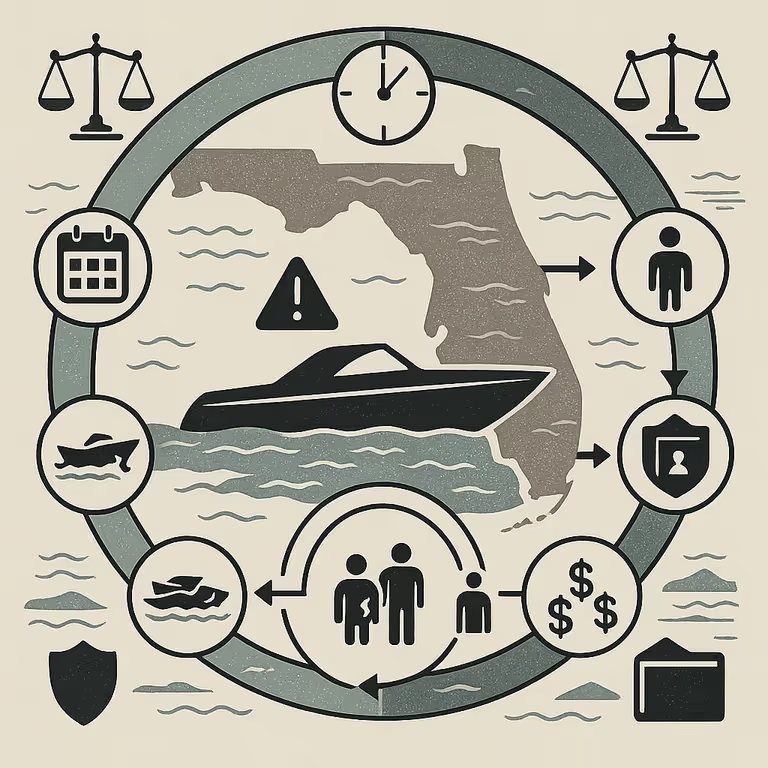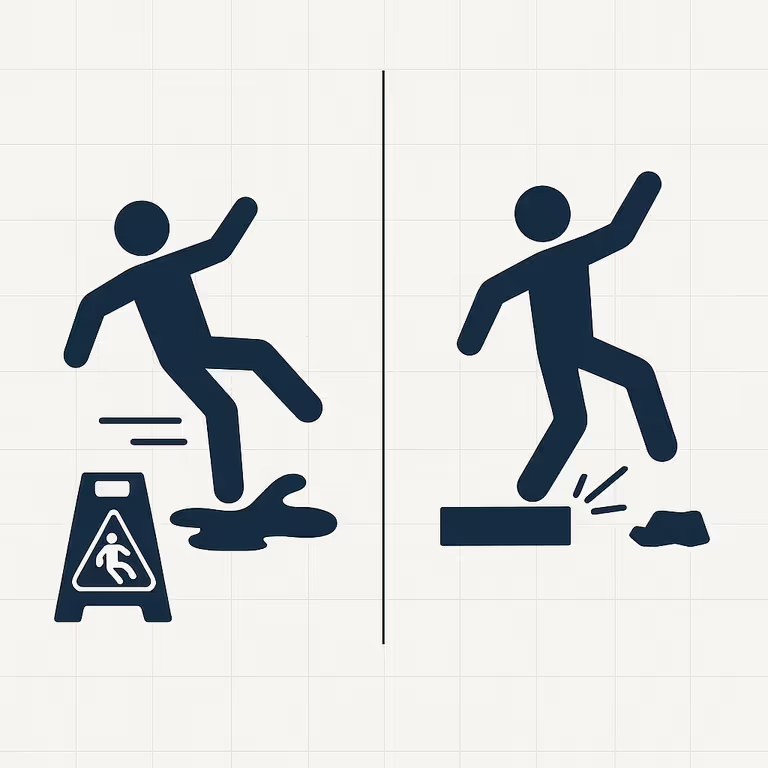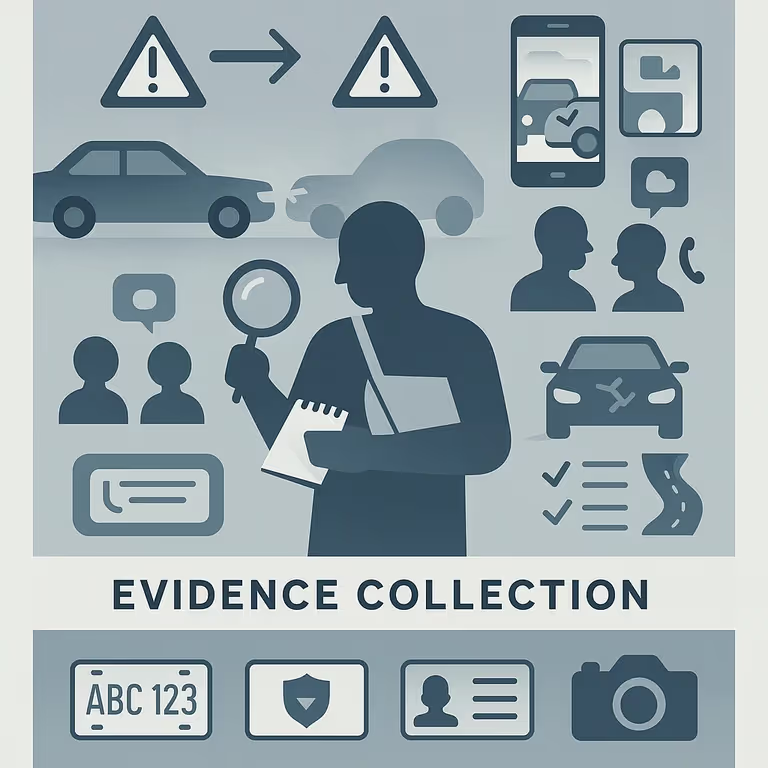3 Famous Courtroom Trials
Explore 3 landmark courtroom trials with The Law Offices of Douglas R. Beam, P.A. The Scopes Monkey Trial, Nuremberg Trials, and O.J. Simpson case.
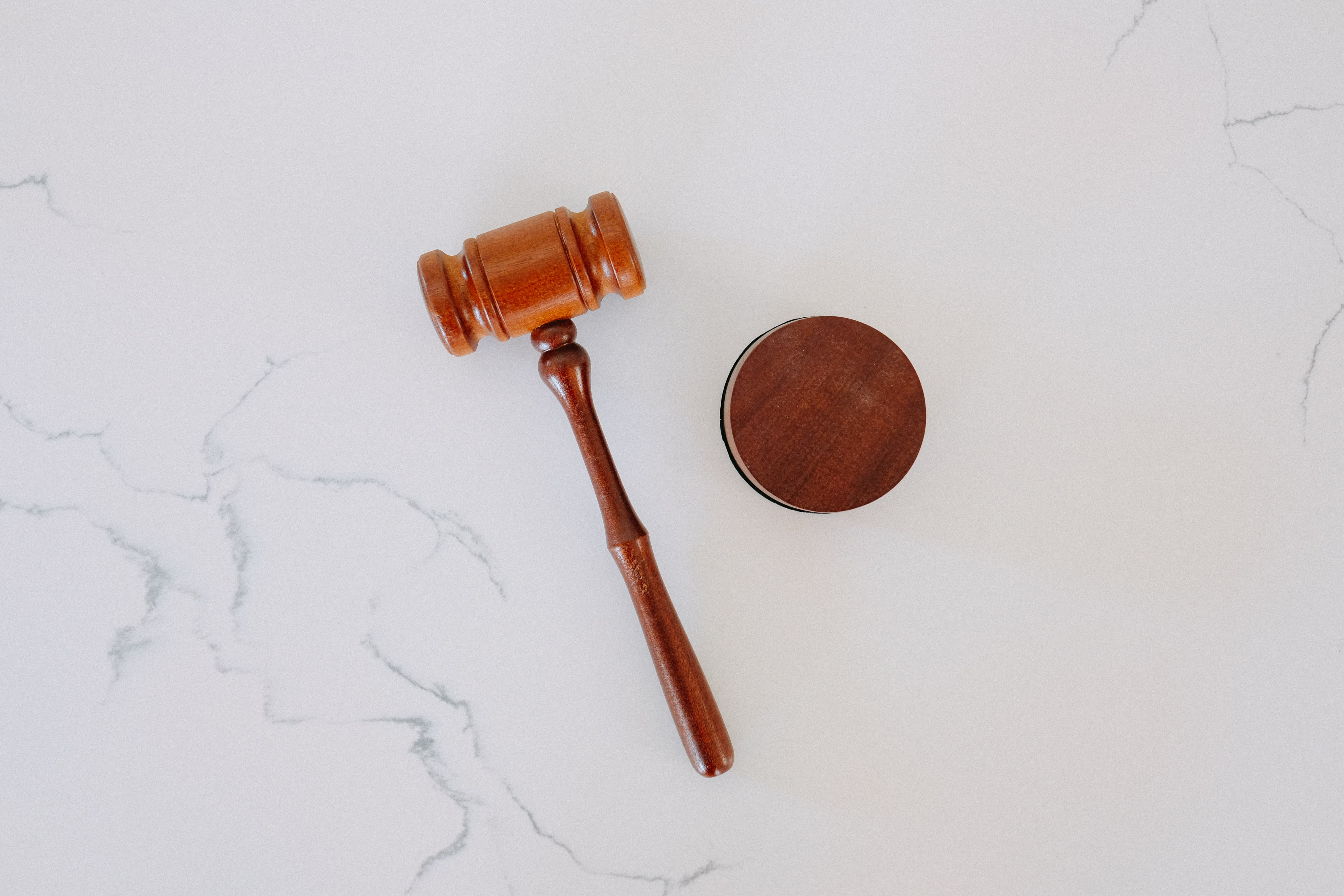
- Famous courtroom trials often involve dramatic clashes of fundamental values like science versus religion, justice versus impunity, or celebrity status versus evidence.
- High-profile trials can become cultural phenomena with unexpected twists, memorable courtroom moments, and intense media coverage that captivate public attention.
- Landmark trials like the Scopes Monkey Trial, Nuremberg Trials, and O.J. Simpson case transcend their legal significance to become influential cultural touchpoints that reflect broader social tensions of their time.
Worried About Your Injury Case? We'll Review It - Free!


There is something awe-inspiring in watching courtroom trials come to life on screen or through the news. It gives the audience the opportunity to experience how lawyers hold their own in front of the judge and how real-life justice is played out in the court of law. Needless to say, courtroom trials can become a dramatic spectacle in and of themselves.
With that, 3 famous courtroom trials come to mind that stand the test of time. What makes these courtroom trials so entertaining? And what exactly happens in these trials to create suspense and tension for the audience? Here, we will discuss why exactly these 3 courtroom dramas are so compelling.

The Scopes Monkey Trial
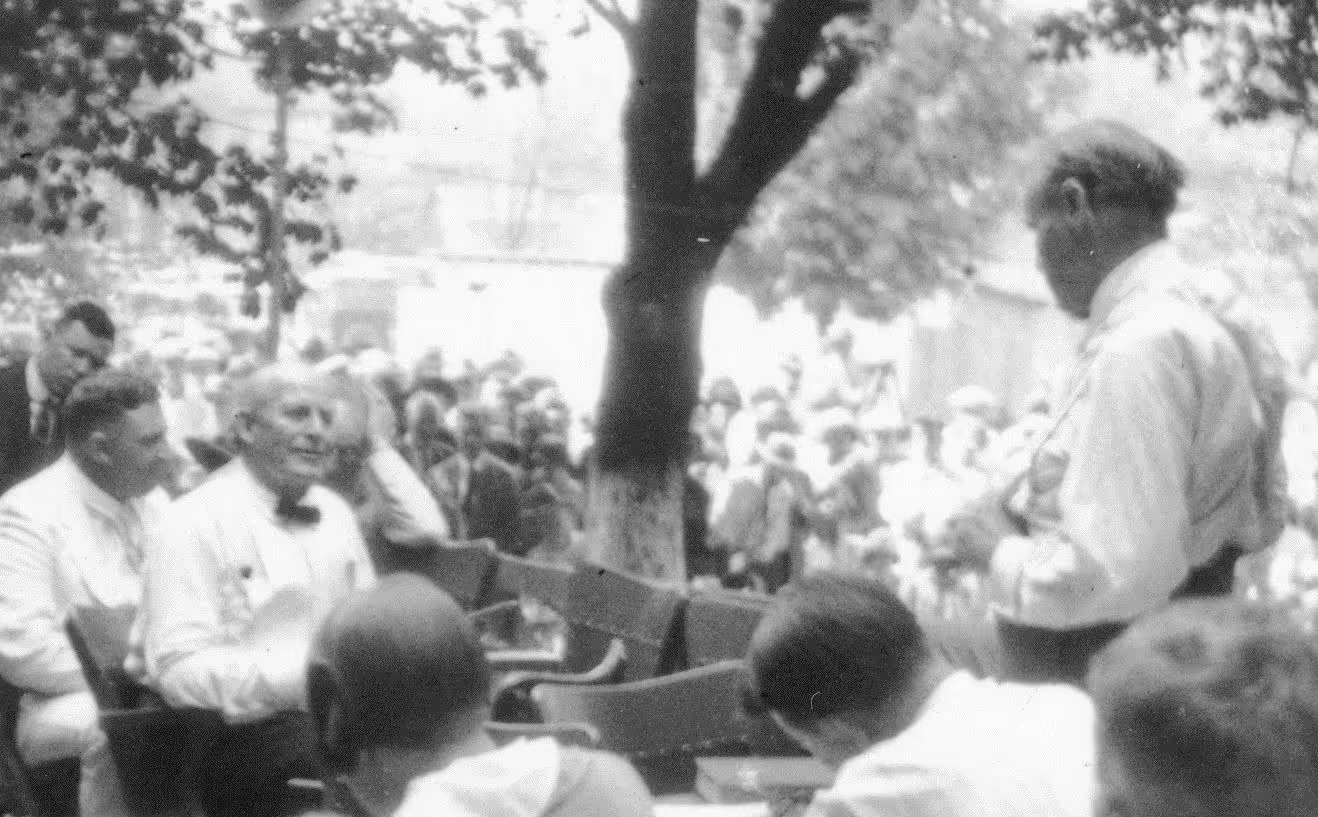
The Scopes Monkey Trial is an example of how science, religion, and the law can collide in the courtroom and create divides within a community. In 1925, John Thomas Scopes, a young high school teacher in the small town of Dayton, Tennessee, was accused of teaching evolution in violation of Tennessee State Law.
In the state of Tennessee, a law had recently been passed that determined it was a misdemeanor (called the Butler Act) for teachers to “teach any theory that denies the story of the Divine Creation of man as taught in the Bible, and to teach instead that man has descended from a lower order of animals.”
Both Scopes and a man named George Rappleyea were arrested by the authorities and charged with violation of the Butler Act. After the arrest, the pair enlisted the aid of the American Civil Liberties Union (ACLU) to organize their defense. This was considered by many to be an organized and coordinated attack on Christian fundamentalism, therefore, angering many fundamentalist factions within Christianity. This move on the part of Scopes and the ACLU garnered much publicity nationally and, as a result, brought in William Jennings Bryan, a House Representative, and public figure, to assist in the prosecution. Soon after, Clarence Darrow, one of the most notable lawyers in American history, joined the defense team through the ACLU. These two public figures helped to set the stage for one of the most publicized trials in American history.

On July 10, the Monkey Trial was underway. Spectators and reporters flocked to Dayton, TN while evangelicals and preachers set up rival tents in protest of the defense. It was a literal depiction of faith vs. science debate and both the two parties and the public were ready to battle.
During the trial, the defense suffered an early setback when Judge John Raulston began the trial with an opening prayer–a practice he had continued to engage in at the beginning of each day–setting the tone for the following proceedings. The defense chose to acknowledge that Scopes did teach his students about evolution and instead argued that the Butler Act violated the Establishment Clause found in the First Amendment, therefore, taking a stab at abolishing the Act’s credibility.
Having occurred before the birth of the internet and television, much of the action and reporting took place right within the town of Dayton. Notoriously, there were vendors stationed outside of the courtroom selling novelties such as toy monkeys, Bibles, religious trinkets, and even lemonade and hotdogs, but most exciting was an exhibit featuring two chimpanzees in cages for spectators to enjoy.
Unsurprisingly, the Judge was not forgiving toward the strategy used by the defense and ruled that even expert scientific testimony about evolution was inadmissible in the court of law. He reasoned that because Scopes, who was a person, was on trial for breaking the law, rather than the law itself on trial, the need for a scientific expert was null.
One famous moment during the trial occurred after the weight of the crowd within the courthouse began to be too much for the structure of the building. The trial was moved to the courthouse lawn so that the imminent collapse could be avoided. It was quite a sight to see the several thousand spectators outside the courthouse in the open air. It was during this shift in location that Darrow shifted his own defense tactics and called on Bryan to discredit the literal interpretation of the Bible. During this turn of events, Bryan was subjected to harsh scrutiny by Darrow, and Bryan was said to have appeared ignorant about certain parts of the Bible. After this portion of the trial, Bryan was ridiculed for his inability to form coherent answers to Darrow’s questions.

Though the defense fought intensely and made much leeway during Darrow’s tactical shift, the jury returned with a guilty verdict and required Scopes to pay a fine of $100. Despite the seemingly anticlimactic verdict, this court case became one of the most legendary and entertaining trials of the 20th century. In fact, five days after the end of the trial, Bryan went in for an afternoon nap and he never woke up.
After all of the court drama, by 1927, the Tennessee Supreme Court overturned the verdict due to a mere technicality.

The Nuremberg Trials
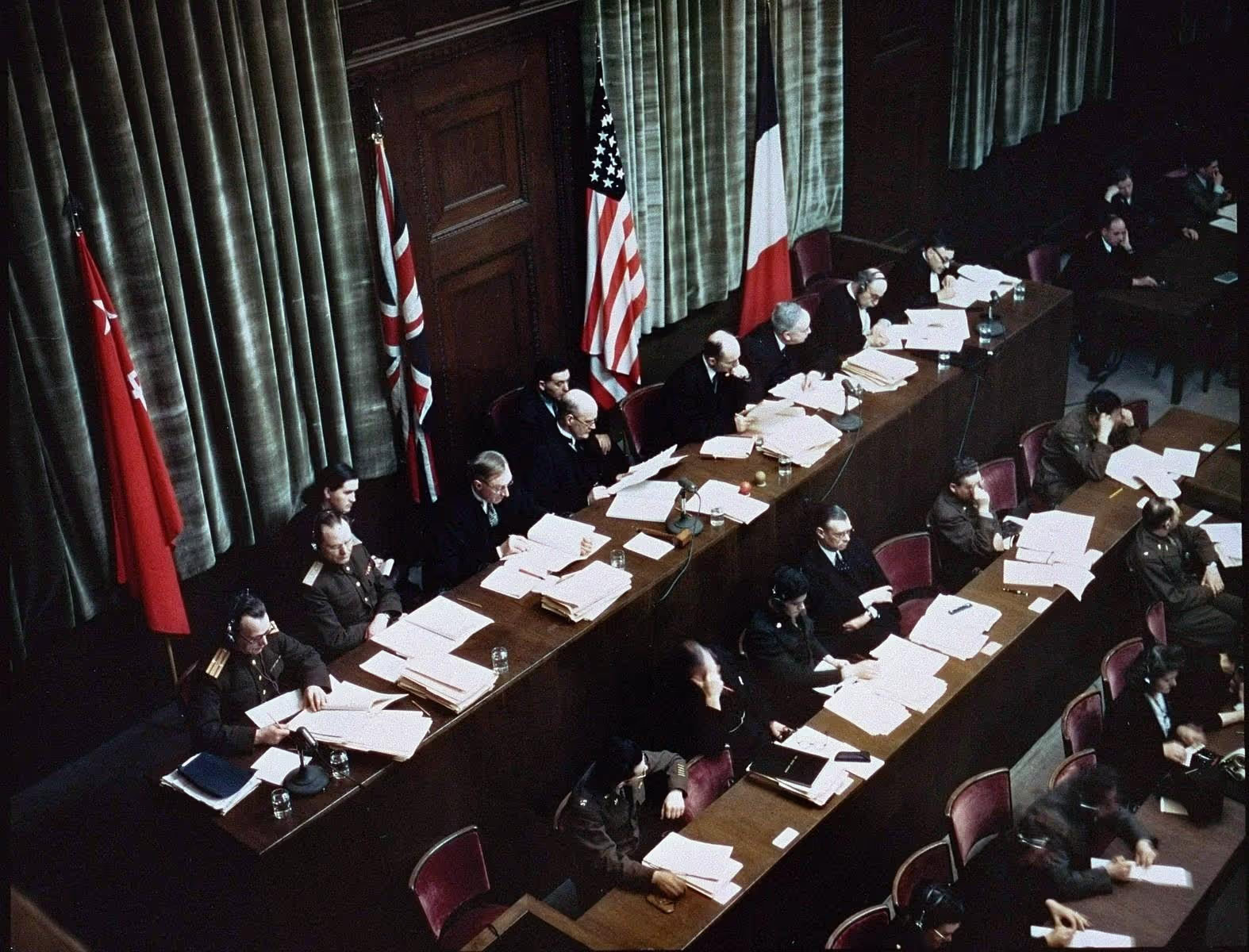
Some of the most legendary and longest-running trials in the 20th century were the Nuremberg Trials. Notable for the prosecution of prominent members of the German Nazi leaders, the Nuremberg Trials were military tribunals that sought justice for those who planned, carried out, and participated in the Holocaust and other crimes during World War II.
These trials, held in Nuremberg, Germany, marked a turning point between classical international law and what we now know as contemporary international law.
Often called the “greatest series of trials in history,” they were held between November 20, 1945 and October 1, 1946. The first and most famous task the tribunal was given was in trying the 24 leaders of the Third Reich before moving on to lesser Nazi war criminals. During this task was the first mention of genocide in the international law sphere which is Count 3 of war crimes: “the extermination of racial and national groups, against the civilian populations of certain occupied territories to destroy particular races and classes of people and national, racial, or religious groups, particularly Jews, Poles, and Gypsies and others.”
It is evident that the Nuremberg Trials were heavily influential both publicly and in the court of law; and, have gone down in history as one of the most fascinating public trials in international legal history.
The O.J. Simpson Trial
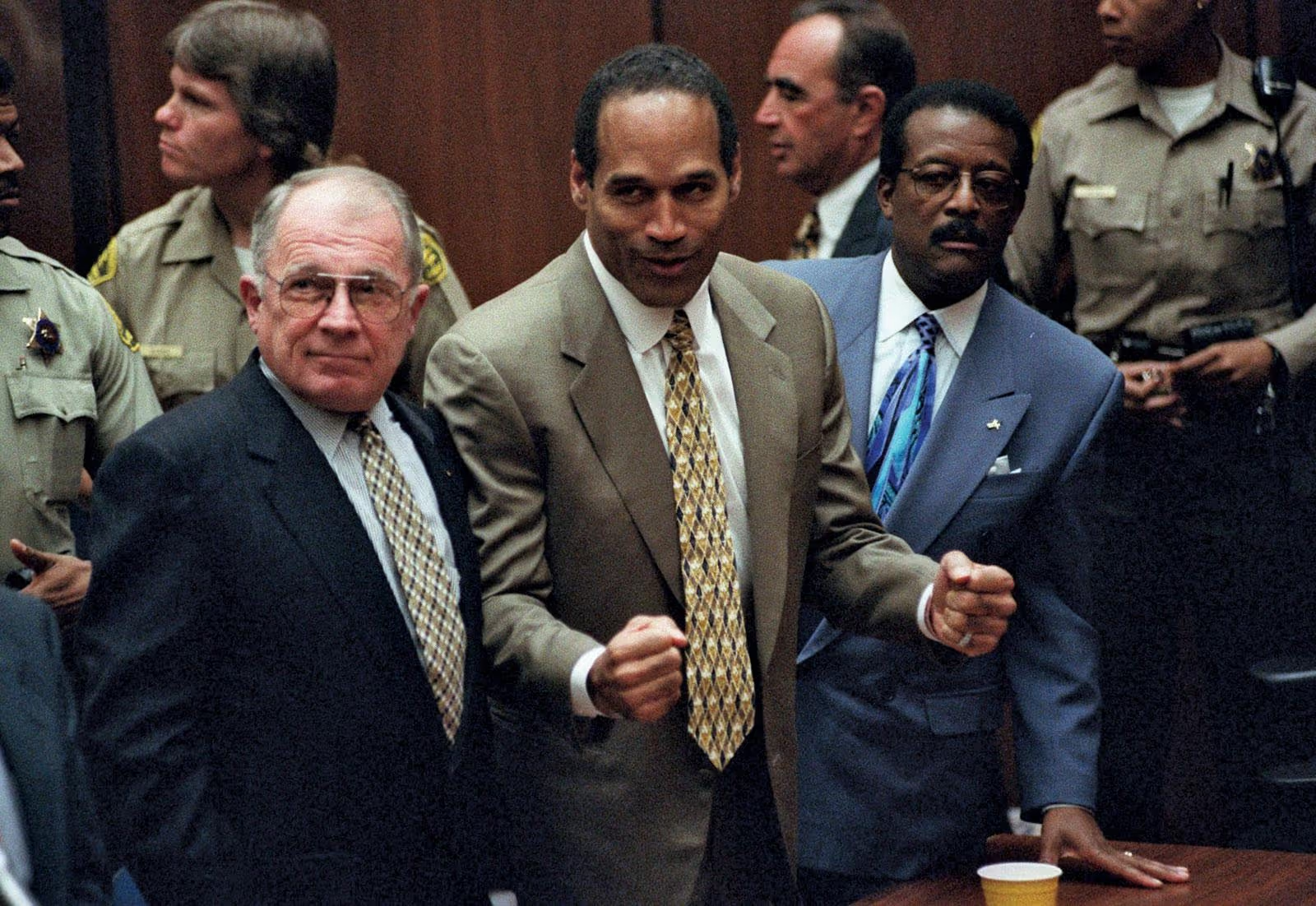
Perhaps one of the most recently famous cases of the 20th century is that of professional NFL player, O.J. Simpson. This trial is unique because it has maintained its legendary status in pop culture through Simpson’s defense attorney, Robert Kardashian, and his mega-famous family, the Kardashians.
Like other trials on this list, the O.J. Simpson trial was called the trial of the century by news media outlets and was heavily covered by reporters during in the mid-nineties. The case involves athlete O.J. Simpson, who was charged with and later acquitted of the murder of his ex-wife, Nicole Brown Simpson, and her friend Ronald Goldman.
On the night of June 12, 1994, Brown Simpson and Goldman were found stabbed to death outside of her condominium in Los Angeles, CA. Simpson was immediately targeted as the prime suspect due to his status as her ex-husband and police records accusing him of rage and domestic violence.
Rather than surrendering to the police, Simpson evaded the charges in an attempted flight via vehicle. This escape attempt was publicized on national television and was broadcast in real-time to thousands of people. The flight ended when Simpson was captured and placed under arrest in his home in Brentwood, CA.
Being a professional athlete, Simpson was able to assemble what the media called the “Dream Team” of defense attorneys. This team included well-known and successful lawyers such as Robert Kardashian and F. Lee Bailey as part of his defense. At the time, Kardashian was already retired from his private practice, but he made an exception for Simpson who was a friend.
One of the reasons this case became so renowned was due to Simpson’s acquittal despite the overwhelming circumstantial evidence. One attorney coined the famous phrase: “if it doesn’t fit, you must acquit,” referring to the LAPD officer who found the alleged bloody leather glove at Simpson’s house. Famously, Marcia Clarke, the lawyer for the prosecution, asked Simpson to try on the glove, which did not fit. Many often speculate that the LAPD was also already on thin ice because of several allegations of racism having been filed against them, and this helped lead to Simpson’s acquittal.
Regardless of the outcome of this case, it has surely gone down in history as one of the most televised and followed trials of the 20th century.
Trials Are Fun
Lawyers will often say that the best part of their practice is in the courtroom. Though many cases are tedious and repetitive, it is cases, like the ones on this list that break the mold becoming an entertaining spectacle for all.
Not Sure What To Do Next? We Can Help – Fast & Free.
Worried About Your Injury Case?
We'll Review It - Free
Don’t miss an article
Florida law, local insights, and the occasional dog pic.
Delivered straight to your inbox.
More articles
Browse all articlesFree Case Review
Get a complimentary review of your case

.webp)

